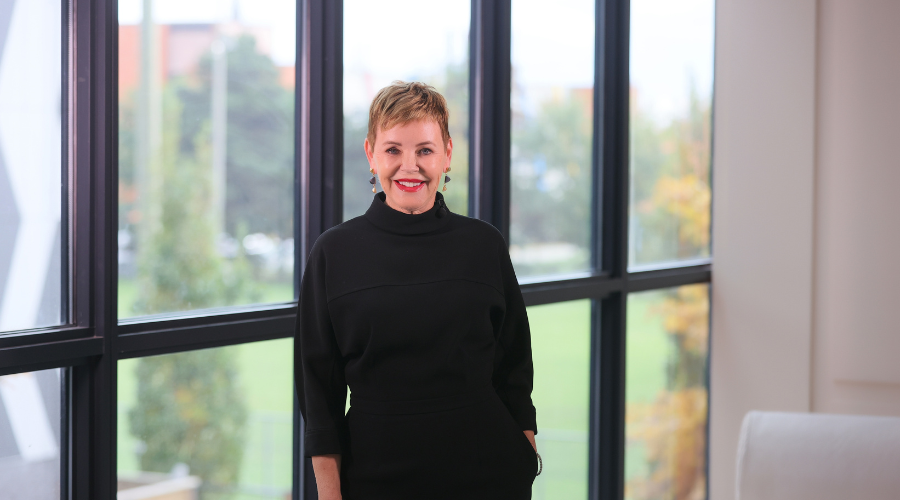By Joyce Wayne
In a landmark study, the investment firm Edward Jones surveyed 9,000 North Americans across five generations and identified four areas or “Four Pillars” that impact the quality of life in retirement. They are health, family, purpose and finances. According to the report, most retirees wish they’d done a better job planning for the financial (61 percent) and non-financial (54 percent) aspects of retirement.
The report illustrated that the entire concept of retirement has changed. Our parents considered retirement as a time to stop working and to wind down their activities. It’s the opposite today. We see our retirement years –the New Retirement– as brimming with potential, as having more freedom – freedom from various work and family responsibilities, and freedom to explore new options and pursue new interests.
First Pillar: Health After Retirement
The first pillar of an enjoyable retirement is health. The Edward Jones study posits: “good health offers choices with 90 percent of North Americans confirming, “being healthy is about being able to do the things you want.”
Second Pillar: Family Support for Retirees
The second pillar is family. Family is where we find support and happiness and our primary connection with others who love us. At the same time, we worry about becoming a burden to our children. In fact, “72% of retirees say being a burden to their family is one of their top fears.” At the same time, “one in four North Americans older than 65 have not discussed their end-of-life care preferences with anyone at all.”
Third Pillar: The Purposeful Living After Retirement
The third pillar is purpose. The vast majority, “89% of North Americans feel there should be more ways for retirees to use their talents and knowledge for the benefit of others.” Instead of winding down, we aim to explore our talents and discover new ones, whether volunteering, socializing, working or education.
Forth Pillar: Financial Means at Old Age
The fourth pillar is financial. In the U.S., retirees fret about health care and long-term care costs. Although Canadian universal health care takes the fear out of certain expenses, retirees are still on the slippery slope when it comes to long-term care. If the COVID-19 pandemic has taught has one thing, it’s that long-term care facilities come in all shapes and sizes, public and private, adequate and inadequate. Making the choice of where you wish to live, as you grow older is often based on financial means. Many of us —78 percent— are now choosing to age in place, in our homes, where we have more control over who cares for us and how. Yet of those, only 26 percent believe they have the means to do so. That means investigating a CHIP reverse mortgage to make aging in place an attainable strategy.
Aging In Place During Retirement
During retirement, which many now consider as “a whole new chapter of life,” planning for the ways and means to remain at home for as long as possible is our new goal.
I know it is for us. My husband and I discuss aging in place regularly. Our discussions actually revolve around the four pillars described in the Edward Jones study. Since we both have underlying health conditions, we’re eager to ensure that these health conditions remain as stable as possible and that when the time comes, we can modernize our home for safety and mobility concerns.
When my father was first diagnosed with a heart condition in the late 1950s, his doctor instructed him to exercise as little as possible. Even walking was not advised. Today, it’s the opposite. So we try to take a good, long stroll whenever possible. For us walking is the perfect way to get outdoors, see others along the way, often drive out to the countryside near our home and bask in the beauty of nature. Walking is also free.
Neither my husband nor I come from large families. His family lives across the continent. My daughter is our only child, so I depend on daily conversations with her. The sound of her voice brightens my day. We try to keep her up-to-date on our financial situation. I keep a legacy letter in the top drawer of my desk in case of emergencies.
Finances are a significant consideration at our house, as they might be at yours. We’re careful with our money and attempt to keep expenses under control. I have a pension, but my husband currently does not, so he’s working full time again to tie him over until his pension from the E.U. comes in.
For me, finance and purpose link together optimally. As the Edward Jones study says, “The New Retirement no longer means the end of work, but rather having greater freedom to choose whether and how much one wants to work.” Writing is my purpose, and I need to be researching, editing and writing to feel fulfilled. It’s never too late to launch a new career or pursue an interest dear to your heart. I published my first novel when I was 62 and my second novel, Last Night of the World, at age 67. This year an essay I wrote is included in the anthology Best Canadian Essays 2021.
Just because we’re growing older doesn’t mean we can’t climb the tallest mountain, even if that mountain is metaphorical. With a little luck, informed planning, and an optimistic outlook, our closing chapters can become the very best years of our lives.
 |






























